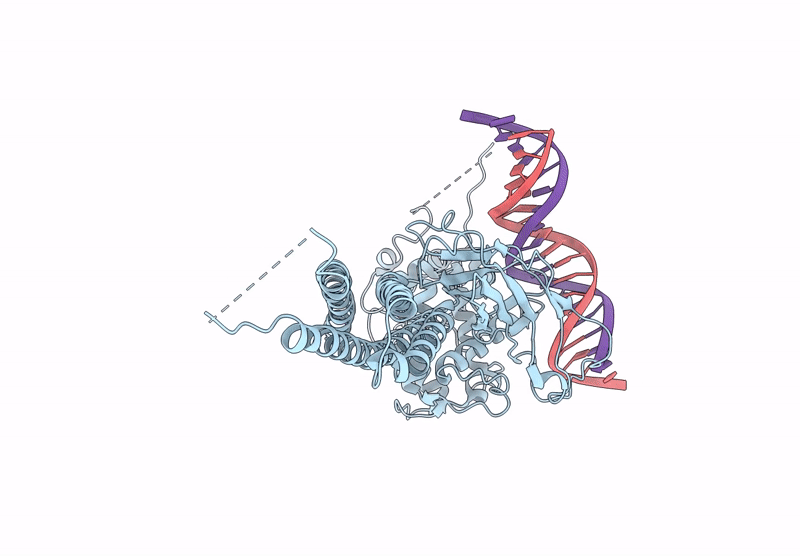
Deposition Date
2024-04-04
Release Date
2025-03-26
Last Version Date
2025-03-26
Method Details:
Experimental Method:
Resolution:
3.07 Å
Aggregation State:
PARTICLE
Reconstruction Method:
SINGLE PARTICLE


